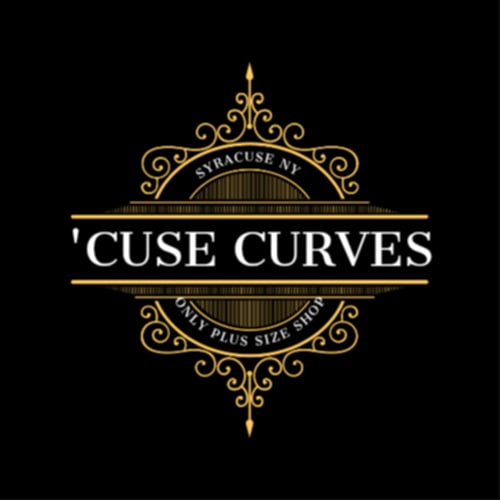The history of Plus Size Fashion
Share
The Evolution and Ongoing Journey of Plus-Size Fashion
Early Beginnings: The Emergence of "Stoutwear"
In the late 1800s, the concept of clothing tailored for larger body types began to take shape with the term "stoutwear." This early category reflected a nascent recognition that standard sizing did not accommodate all body diversity, though options remained limited in style and availability. At the time, such clothing was often functional rather than fashionable, designed primarily for utility rather than self-expression.
Retail Pioneers: Making Plus-Size Fashion Accessible
Retailers like Lane Bryant played a pivotal role in expanding access to plus-size clothing. By focusing on creating garments specifically for larger sizes, these pioneers moved beyond the era of custom tailoring, making plus-size options more widely available to everyday consumers. Their efforts helped normalize the idea that diverse body types deserved practical, well-fitting clothing choices.
Mid-20th Century: Gradual Growth and Mainstream Inroads
The mid-20th century saw slow but steady growth in the plus-size fashion space. As societal attitudes shifted and consumer demand grew, more brands began to recognize the market potential, expanding beyond basic designs to include styles that mirrored broader fashion trends. This period marked a move away from purely functional clothing, with a growing emphasis on fit and wearability.
Late 20th Century: Shifting Focus to Style and Identity
By the late 20th century, plus-size fashion started to prioritize style alongside fit. Cultural conversations around body image began to influence design, leading to more varied and trend-aligned options. Brands began to experiment with colors, patterns, and silhouettes, signaling a shift from "stoutwear" as a niche category to a more integrated part of the fashion landscape.
21st Century: The Push for Inclusivity
The 21st century brought a significant push for inclusivity, driven by body positivity movements and increased advocacy for diverse representation. Brands faced growing pressure to expand size ranges, feature plus-size models in campaigns, and design clothing that celebrated rather than concealed larger bodies. This era marked a turning point in framing plus-size fashion as part of a broader commitment to equality.
Current Challenges: The Road Ahead
Despite progress, challenges persist. Inconsistent sizing standards across brands, limited size ranges in high-end and fast-fashion lines alike, and lingering stereotypes about "appropriate" styles for larger bodies continue to hinder true size equality. Achieving full inclusivity requires not just expanded sizing but a systemic shift in how the industry designs, markets, and values diverse body types.
